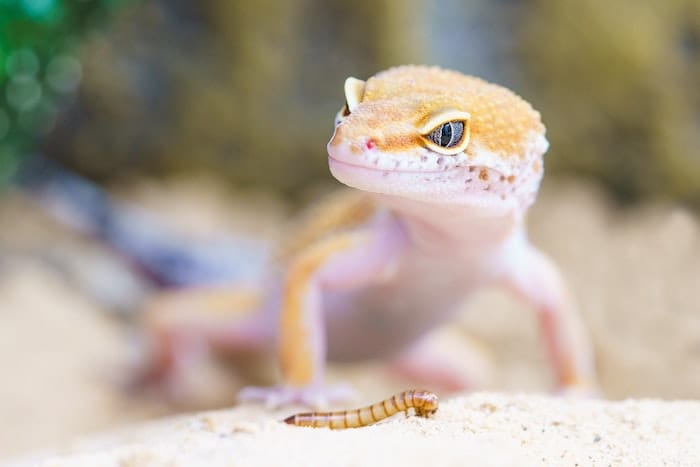If you’ve been considering buying a new pet from your local reptile shop, there’s a few things you need to consider first about how to take care of it. Taking care of a pet reptile requires careful attention to its unique needs and environment. You can’t buy a reptile without knowing what you’re doing first. It’s not the same as owning a cat or dog. These fascinating creatures can make wonderful companions, but they have specific requirements that must be met to ensure their health and well-being. Whether you’re buying a lizard, snake, tortoise or another reptilian friend, here are some essential guidelines for taking care of your pet.

Research and Choose the Right Reptile
Before getting a pet reptile, conduct thorough research on different species to find one that suits your lifestyle and experience level. Some reptiles have more requirements than others. You might find one easier to take care of than others. Consider factors such as size, temperature requirements, diet, and temperament. Each species has distinct needs, so choose one that you can adequately provide for.
Create a Suitable Habitat
A proper living environment is crucial for reptiles. Do some research into your reptile’s original, natural living habitat and set up an enclosure that mimics their natural habitat as closely as possible. Provide a spacious terrarium or tank that your pet can freely and comfortably move in. If you’re buying your reptile whilst it is not an adult, consider its size when it’s fully grown. Include hiding spots, branches, rocks, and other objects for climbing and exploring. Ensure proper ventilation and maintain humidity levels.
Provide Optimal Temperature or Lighting
Reptiles are ectothermic, which means they rely on external heat forces to regulate their body temperature. Install a heat lamp or heating pad in the enclosure to create a temperature gradient, allowing your pet to choose a preferred level of warmth. Do not fit a heat lamp where your reptile can touch it. If it gets in direct contact, it will burn. Additionally, provide appropriate lighting, including UVB bulbs, to facilitate proper calcium absorption and overall well-being.

Establish a Feeding-Routine
Research the specific dietary needs of your reptile and provide a nutritionally balanced diet. Reptiles have diverse dietary needs, ranging from insects and worms, to fruits, vegetables and even rodents. Offer a variety of food items to ensure a well-rounded diet. Feed your pet at appropriate intervals, taking their age and species into consideration. Provide fresh water daily, no matter what reptile and ensure it is accessible at all times.
Maintain Proper Hygiene
A clean environment is crucial for your reptile’s health. Regularly clean and disinfect the enclosure, removing waste and replacing substrate as needed. Reptiles can carry Salmonella bacteria, so it’s vital to practice good hygiene after handling them. Wash your hands thoroughly with soap and water, and most definitely avoid contact between your food handling and reptile areas. If you do not take proper of your reptile’s hygiene, you and your pet can get sick.

Observe and Respond
Take time to observe your reptile’s behavior and appearance regularly. Changes in appetite, activity levels, or appearance could indicate an underlying health issue. Being attentive to these types of changes will enable you to be able to address any concerns promptly. Also, the more you observe your reptile, the more you will begin to understand it and its body language, which could indicate its wants and needs, like it got too cold or wanted water.
Remember, owning a reptile is a long-term commitment that requires dedication and knowledge. By providing appropriate care, you can ensure your pet lives a healthy and fulfilling life in your care.
